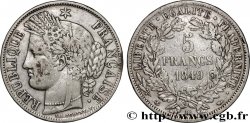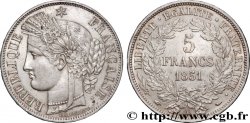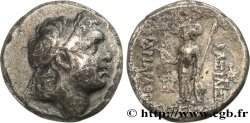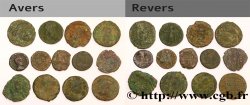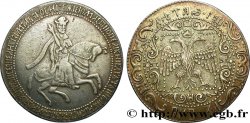Live auction - fmd_809054 - 1 franc Cérès, IIe République 1850 Strasbourg F.211/7
Чтобы принять участие в торгах, вы должны войти в систему и стать подтвержденным участником аукциона. Войдите, чтобы сделать ставку. Ваш аккаунт будет подтвержден в течение 48 часов. Не ждите до закрытия торгов, чтобы зарегистрироваться.Сделав ставку на данный товар, вы вступаете в юридическое соглашение на покупку выбранного товара и нажатием кнопки «Сделать ставку» подтверждаете принятие вами условий интернет-аукционов cgb.fr.
Ставка может бить сделана только в полном эквиваленте евро. Торги закроются согласно времени, указанному в описании товара, все ставки, сделанные после закрытия торгов, учитываться не будут. Не следует откладывать предложение вашей ставки до последнего момента, так как система может не успеть обработать вашу заявку, и ваша ставка не будет принята. Более детальную информацию вы найдёте здесь: FAQ по интернет-аукционам.
Все ставки победителей подлежат комиссии 18%.
Все ставки победителей подлежат комиссии 18%.
| Оценить : | 650 € |
| Цена : | 350 € |
| Максимальная предлагаемая цена : | 350 € |
| Конец торгов : | 23 September 2025 19:31:13 |
| Участников : | 1 Участников |
Тип 1 franc Cérès, IIe République
Дата: 1850
Монетный двор / Город: Strasbourg
Количество отчеканенных монет: ---
Металл: silver
Проба: 900 ‰
Диаметр: 23 mm
Ориентация осей монеты: 6 h.
Вес: 5,01 g.
Век: cannelée
Редкость: R3
Комментарии о состоянии
Traces de nettoyage
Ссылки в каталоге: :
Происхождение:
Cet exemplaire provient de la Collection Benjamin JACOTIN
Лицевая сторона
Аверс: легенда: REPUBLIQUE * FRANÇAISE..
Аверс: описание: Tête de la République à gauche en Cérès, déesse des moissons, portant un collier de perles, un double chignon et une couronne composite de blé, fleurs, olivier et olives, chêne et glands, nouée par un ruban descendant sur le cou et passant sur le front où est inscrit le mot CONCOR ; sous la tranche du cou le long du listel E. A. OUDINÉ. F..
Обратная сторона
Реверс: легенда: (DIFFÉRENT) (RAMEAU DE LAURIER) LIBERTE . EGALITE . FRATERNITE . (DIFFÉRENT).
Реверс: Описание: 1 / FRANC, en deux lignes dans le champ, au-dessus de 1850, dans une couronne composite de deux branches de chêne et de deux de laurier, nouées deux par deux en bas par un ruban ; sous le nœud, la lettre d'atelier BB.
Комментарий
Cet exemplaire a la particularité d'avoir la main indicatrice de Charles-Louis Dierickx (1845-1860), directeur de l'atelier de Paris, alors que normalement pour l'atelier de Strasbourg, le directeur est Alfred Renouard de Bussière (1834-1860) avec comme différent une petite abeille et qui succède à Dierickx en 1860. Les pièces sont frappées entre le 10 et le 28 janvier, puis du 11 mars au 17 juin en 35 délivrances. Deux délivrances effectuées au mois de mai sont refondues.
This example has the particularity of having the indicating hand of Charles-Louis Dierickx (1845-1860), director of the Paris workshop, whereas normally for the Strasbourg workshop, the director is Alfred Renouard de Bussière (1834-1860) with a small bee as a differentiator and who succeeded Dierickx in 1860. The coins were struck between January 10 and 28, then from March 11 to June 17 in 35 issues. Two issues made in May were recast
This example has the particularity of having the indicating hand of Charles-Louis Dierickx (1845-1860), director of the Paris workshop, whereas normally for the Strasbourg workshop, the director is Alfred Renouard de Bussière (1834-1860) with a small bee as a differentiator and who succeeded Dierickx in 1860. The coins were struck between January 10 and 28, then from March 11 to June 17 in 35 issues. Two issues made in May were recast








 Cообщить об ошибке
Cообщить об ошибке Распечатать страницу
Распечатать страницу Отправить мой выбор
Отправить мой выбор Задать вопрос
Задать вопрос Consign / sell
Consign / sell
 Информация
Информация